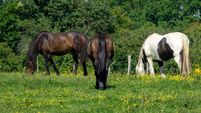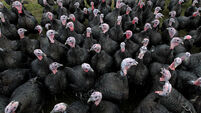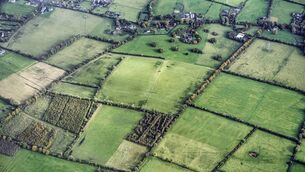Why EU wants more grass-based farms

EU Ministers for Agriculture this week backed grasslands, crop rotation, reduced tillage, direct sowing, afforestation and agroforestry, as the ways to maximise carbon sequestration on agricultural land.
Almost half of the EU’s surface area is in agricultural use, and the surface layers of the farmlands store many times more carbon than the EU annually emits into the atmosphere.













